Leica’s engraved fonts
6 min read Nov 29, 2024
Of the many factors influencing the experience of a product, one of the most powerful is typography. From the font used on keyboards to a car’s model designation, typography subtly affects how we perceive and judge everyday objects.
Though most people wouldn’t be able to tell you the exact typeface used by a given brand, they certainly would be able to notice when it is wrong.
In the world of cameras, typography has similarly played a critical role. Before the digital revolution and its screen-based interfaces, cameras were controlled entirely through mechanical means. Buttons, dials, and rings relied on letters printed or engraved on them to indicate their use. Most of the fonts camera makers used all looked the same.
One company has been using something quite distinct to the others, a font that is now core to their identity.
Leica’s engraved fonts
At first, Leica, like many other German camera companies, used DIN fonts on their cameras. Over the years, Leica established a standardized color scheme for their cameras and lenses. Black products primarily featured white letters with contrasting elements set in yellow. Silver-finished products employed black and red.
These letters were engraved mechanically using methods like pantograph engravers.
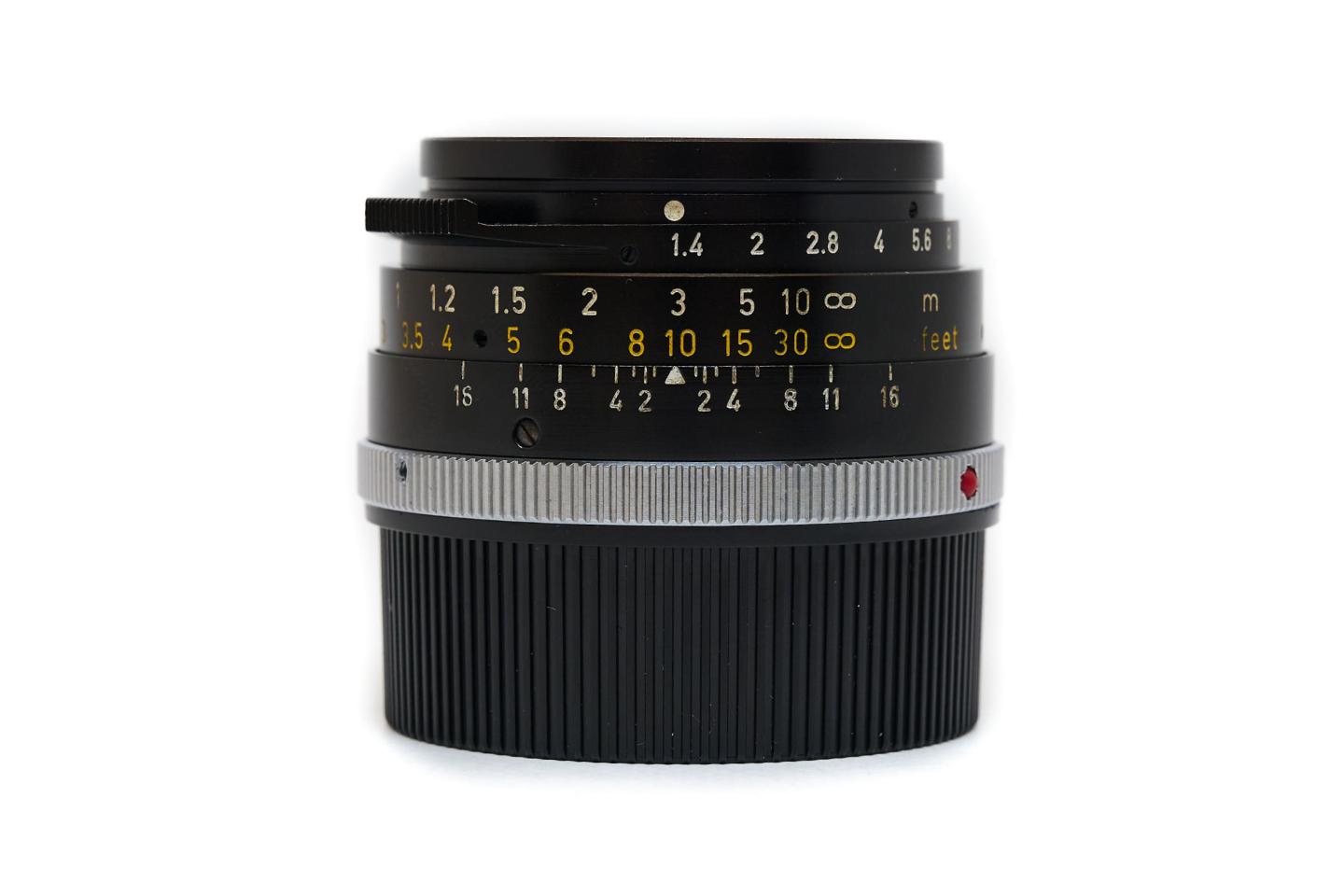 An early Summilux-M 35 f/1.4
featuring DIN lettering
An early Summilux-M 35 f/1.4
featuring DIN lettering
Then, as CNC machines began to penetrate Leica’s production process, a change was needed. Those early CNC engraving machines couldn’t handle arbitrary curves the way the purely-mechanical machines could. Therefore, the engineers at Leica developed a new font named LG1050 to suit the new constraints.
Here is what Stefan Daniel, Executive Vice President Technology and Operations at Leica Camera AG, had to say when I emailed him.
There is very little written about it in the web. The only ‘history’ part I know is, that it was invented in the beginning of the 1980s when CNC milling machines used to do the engravings were quite limited in computing power and curves were a major burden. So that is why it consists mainly only of straight lines…
Another type nerd asked Prof. Achim Heine from Heine/Lenz/Zizka, designers of Leica’s visual identity, packaging and early cameras like the Digilux and Digilux 2. Here is a translation of his response.
Leica used the DIN font for labeling cameras and lenses for many decades. At some point, I think it must have been around 1987, Leica decided to develop a different font due to its better millability, which was easier to use on the products (at that time the milling machines could not yet do free forms etc…).
The engineers there developed the LG1050 and this was used for engravings. It only has straight lines and quarter circles and only one line thickness. The characters end in curves. This makes it possible to mill them in one line without the milling cutter having to go over the same spot multiple times.
We have been working for Leica since 2000 and in the following years we have integrated various extensions into this font. Various characters that were necessary to display symbols from the digital world in the same style.
So the font family has continued to develop, but always under the condition of simple milling lines, which is of course no longer technologically necessary today..
Though I’m still on the hunt for a definitive history of LG1050, one thing is quite clear. The font, which is now a critical aspect of Leica, started as a response to technical constraints.
LG1050
The letterforms composing LG1050 are informed by these limitations — straight lines, right-angle turns, and quarter circle curves.
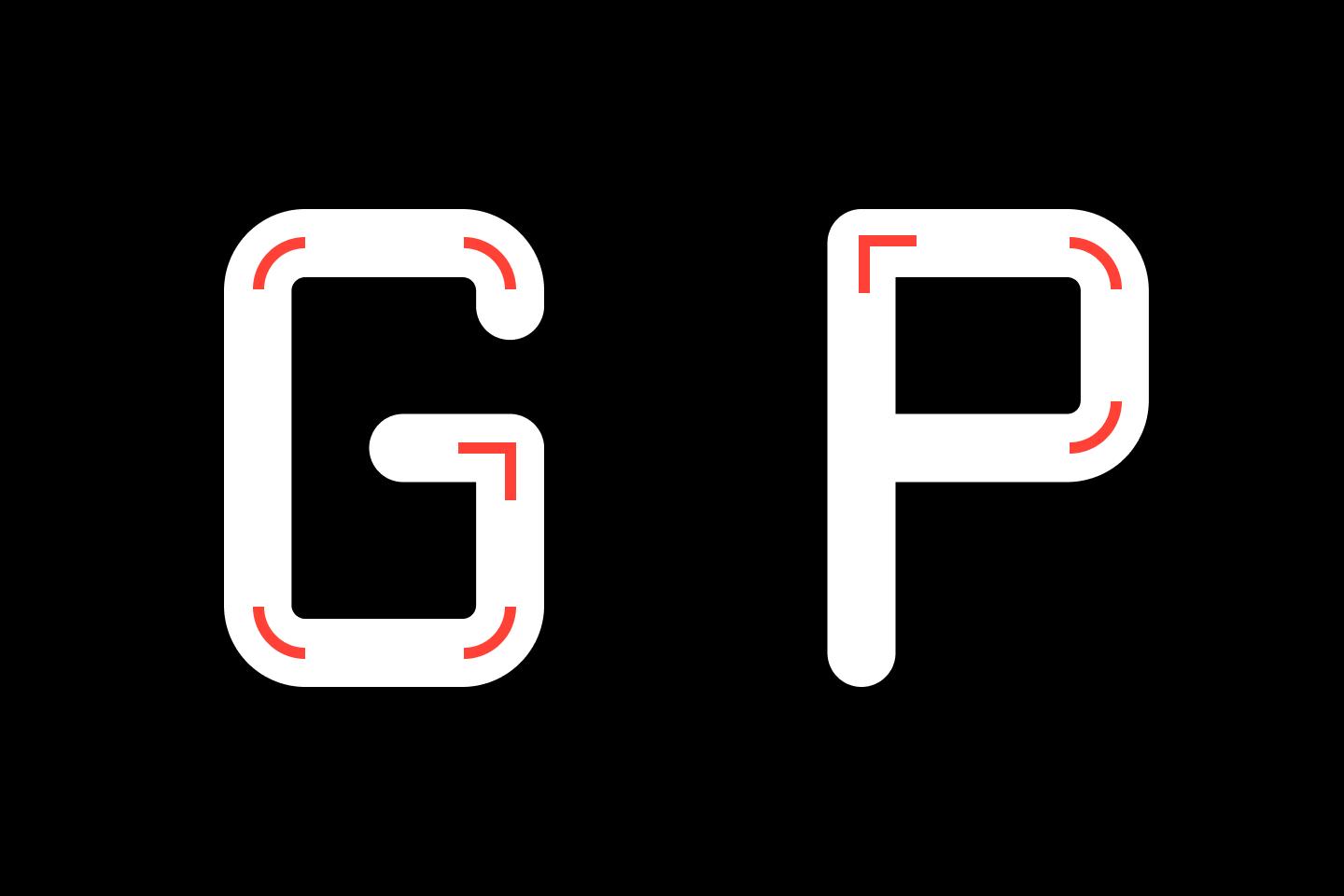
There are many distinct features, such as the right-angle terminals of the C, G, J, and S, the bridge at the center of the K, and the flat tops and bottoms of the A, M, N, V, and W.
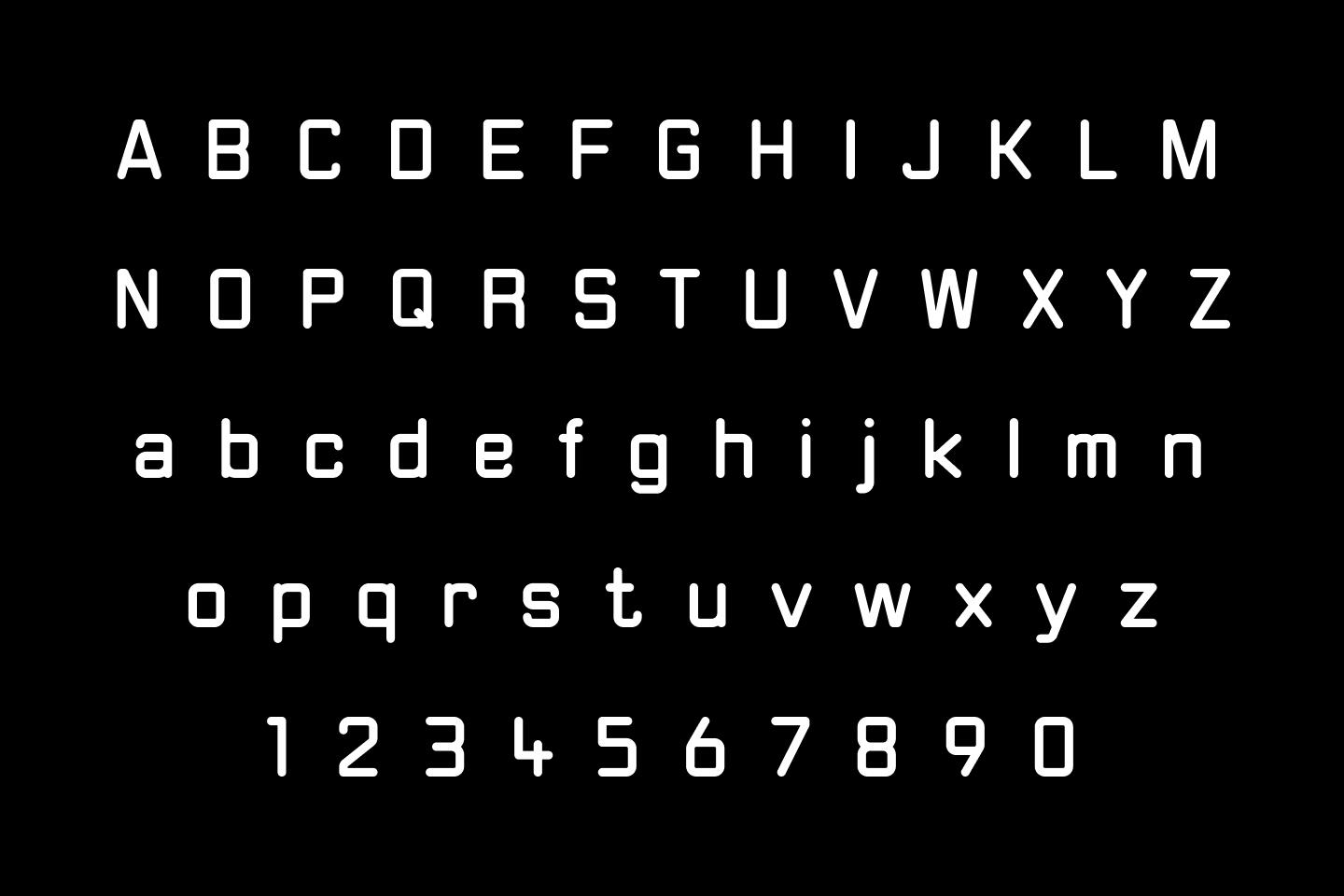
To me, the numbers are the true stars of the show. Each is optimized for legibility. Given how commonly they are used across Leica’s products, the numbers create a unique feeling.
Digital fonts
Over the years, Leica has continued iterating on LG1050, adding new letter forms and new styles. I have spotted versions with other names like LG1052, LG1054, LG1055, and LG1056. Though I’m not exactly sure of the differences, it is clear that some are made for pure digital use.
One such font, LG1056, is used heavily in Leica’s current mobile apps, Leica FOTOS and Leica LUX. At first glance, this font is the same as LG1050, but with a close look, the differences appear.
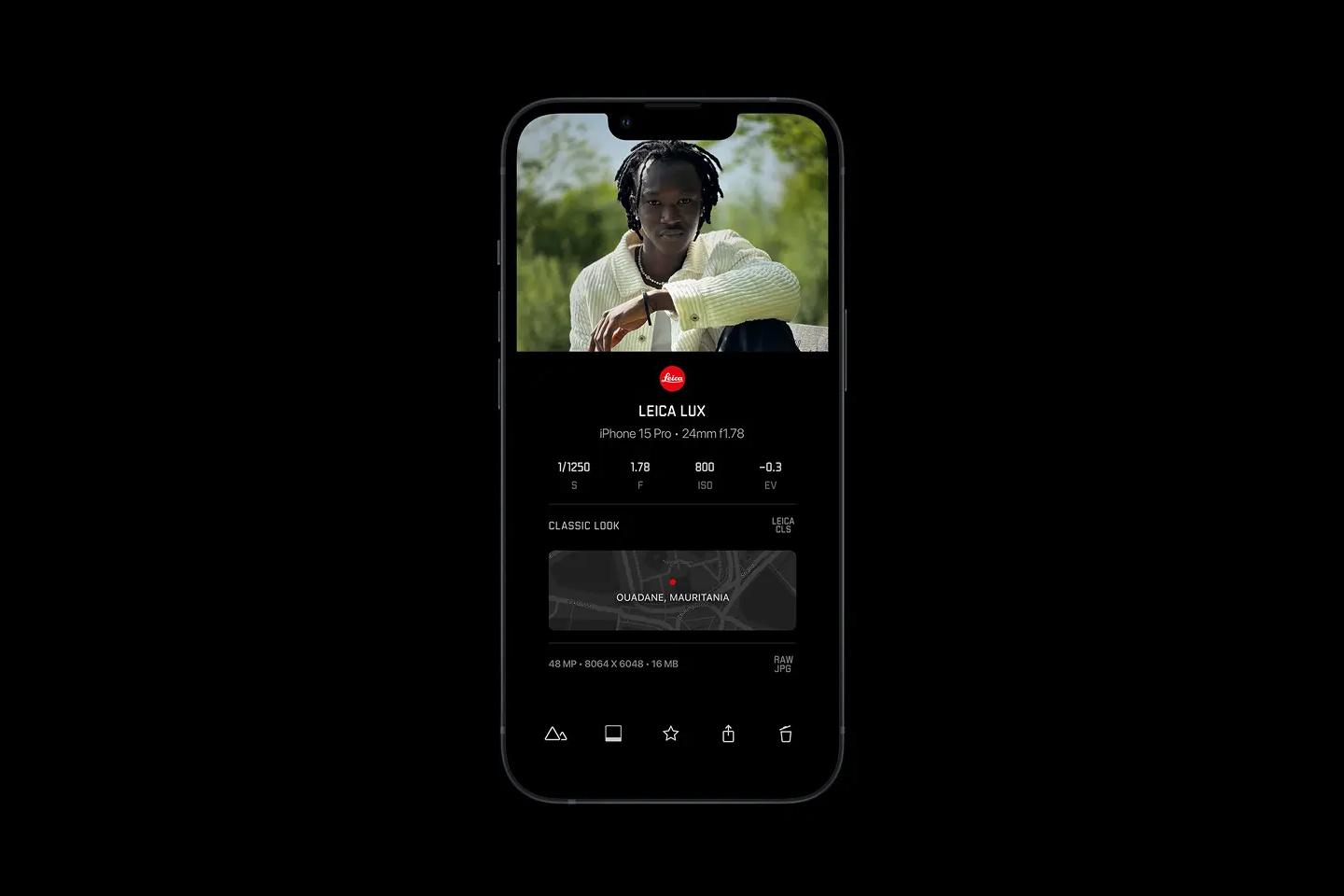
The most drastic change is a narrowing of each letter, which allows more text to fit on screen.
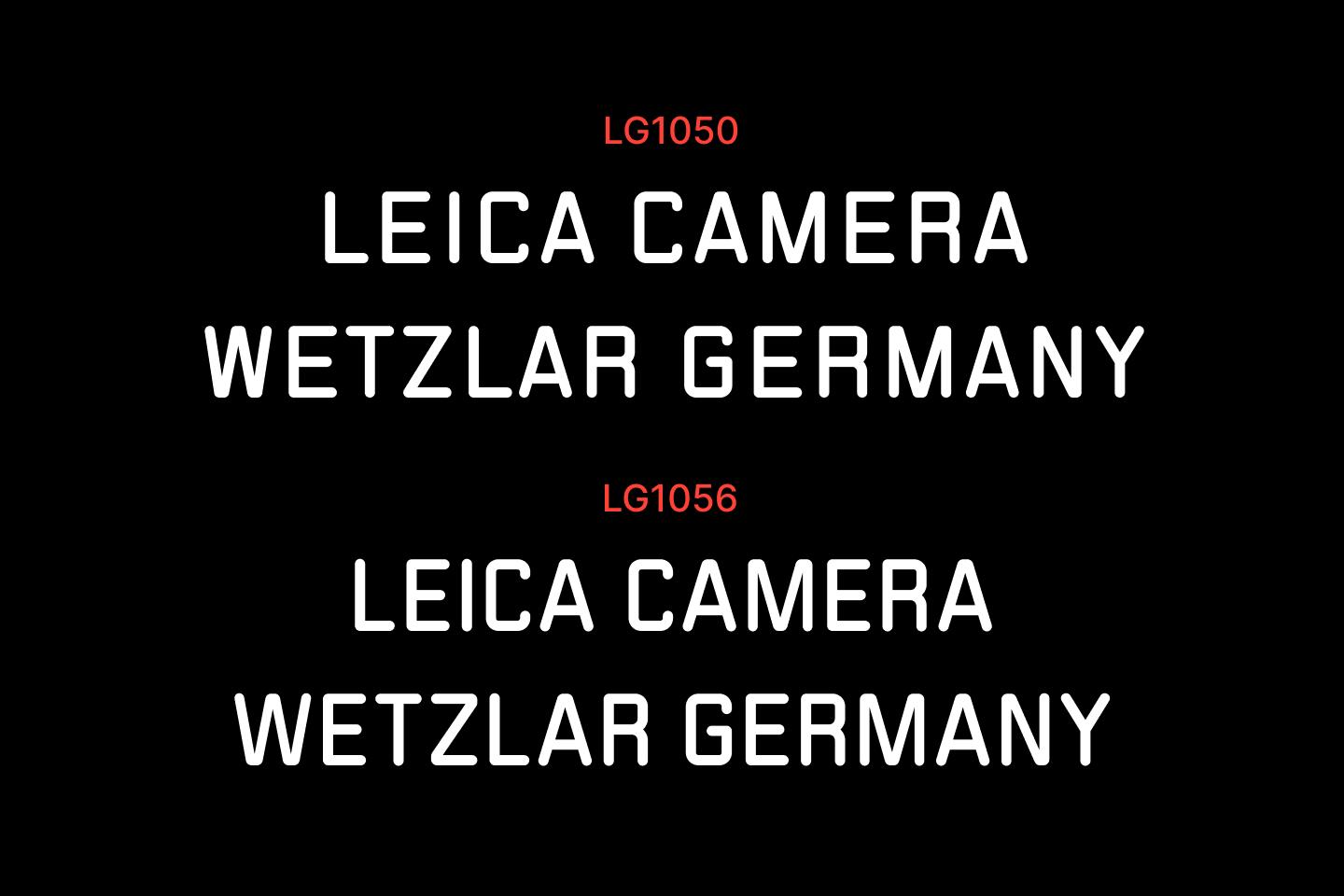
Some letters have also been adjusted for legibility, while aligning to the aesthetics of LG1050. Though these letters wouldn’t be possible to produce using the original CNC machines from the 80s, they present better on digital interfaces.
You can see these changes in the tail of the uppercase Q, the better proportions of the ampersand, and the slightly enlarged tittles (dots) of the lowercase i and j (and punctuation like the exclamation point).
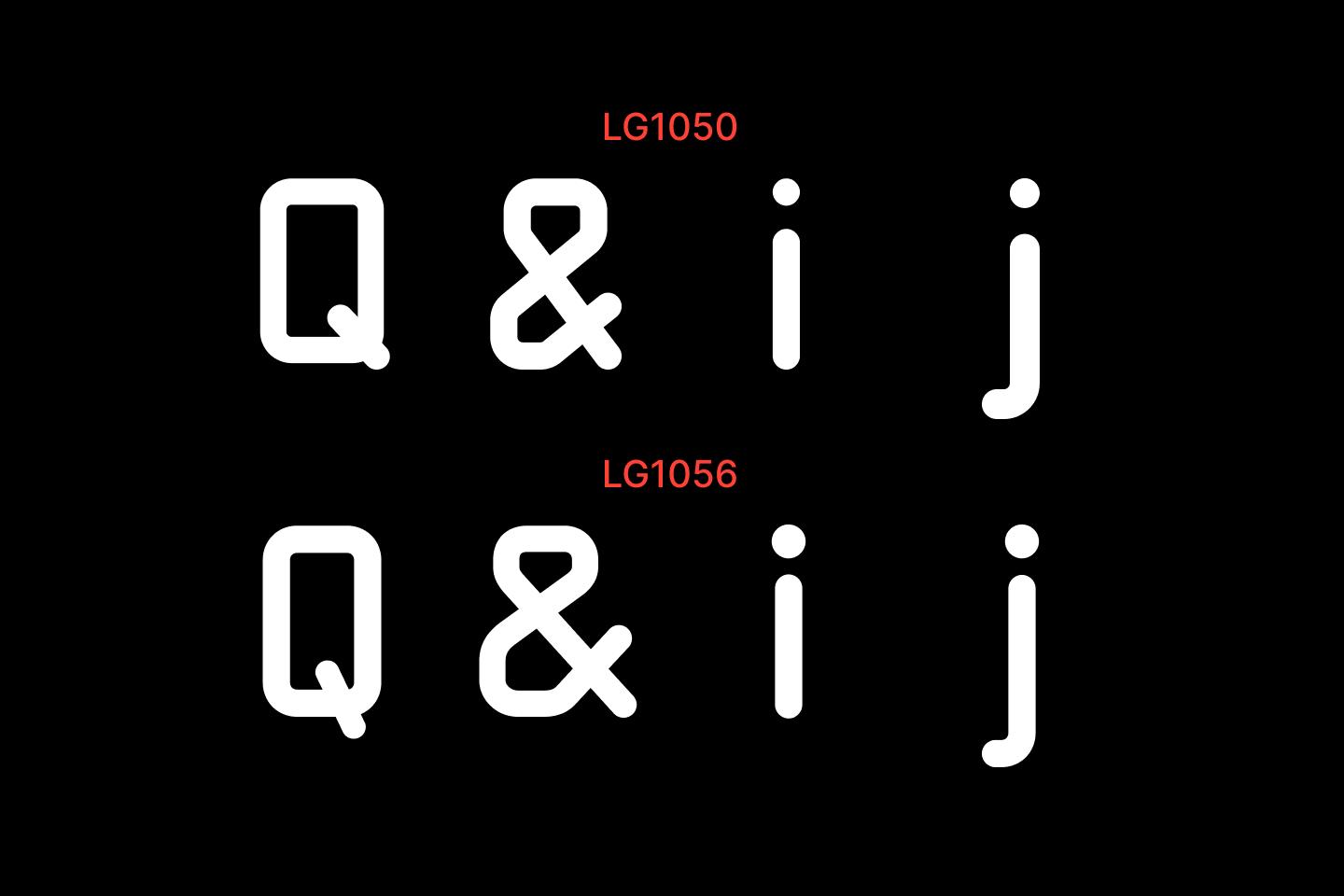
LG1056 is also available in multiple weights, which allows for more hierarchy in user interfaces without needing different font sizes.
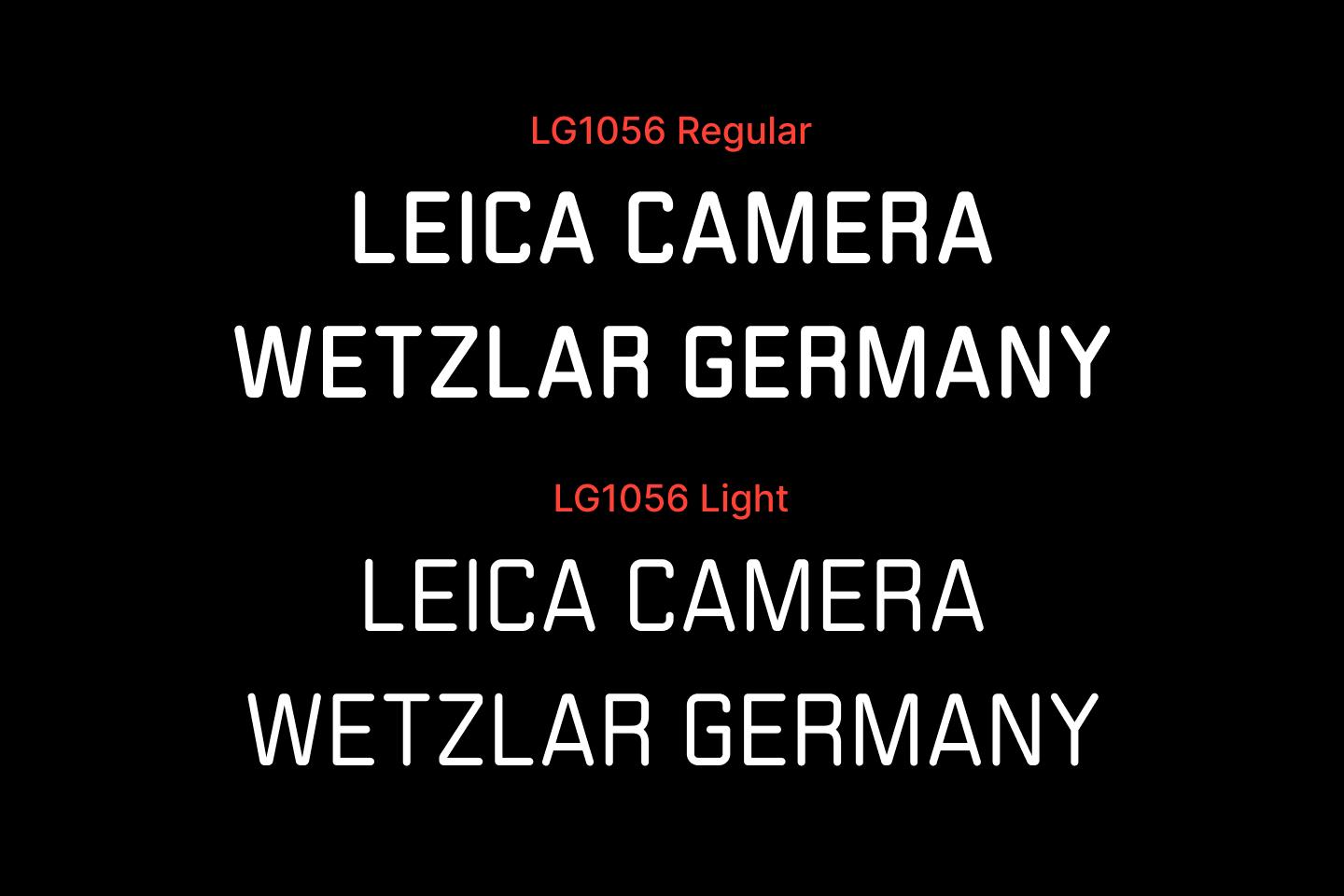
Of course, Leica added plenty of special characters to suit digital interfaces.
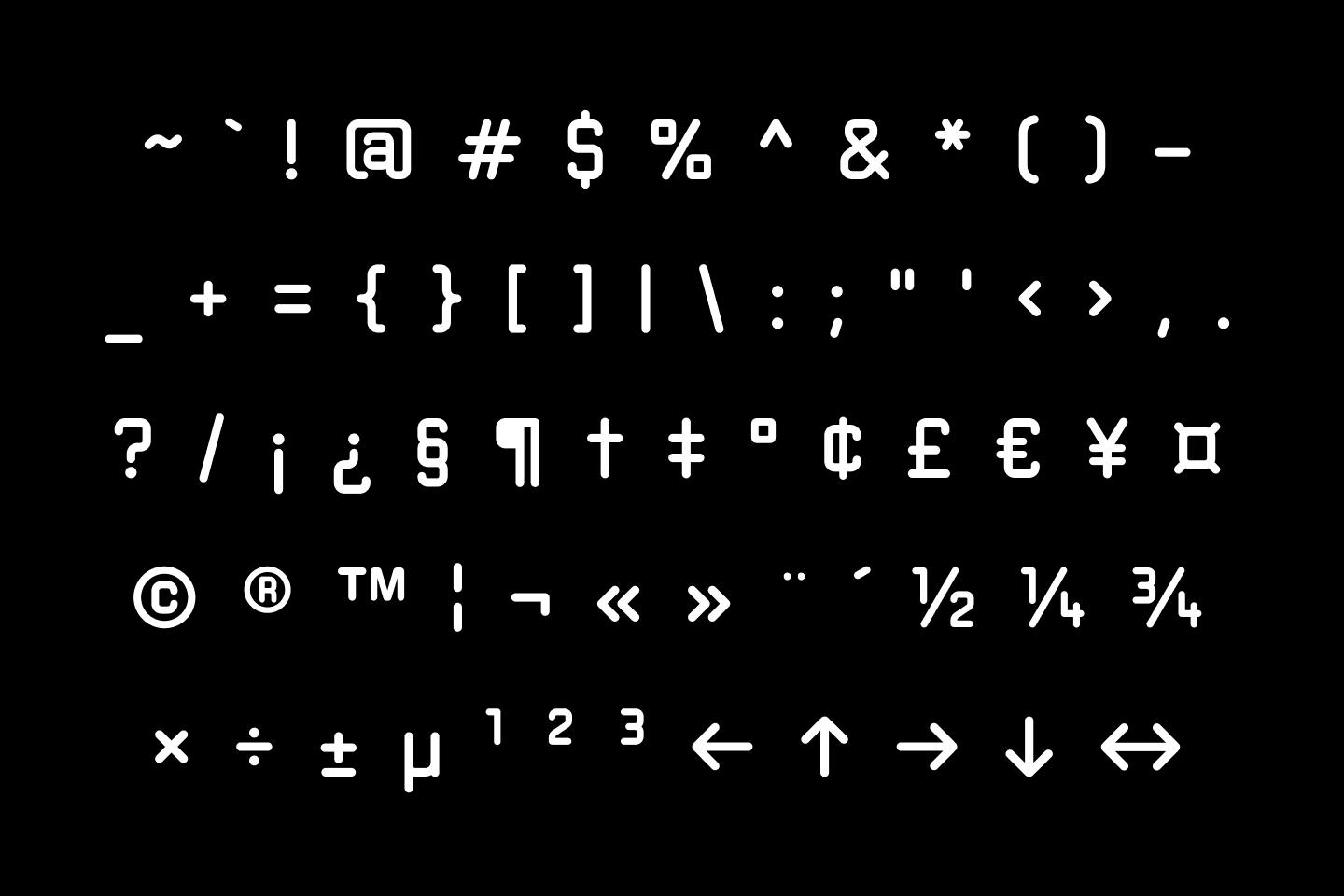
Icons
In recent years, Leica has developed and unified their camera UIs and in the process further differentiated their products from the competition. As part of that process, they have created a large set of icons with aesthetic similarities to Leica’s fonts.
The first extensive set of icons was seen in the Leica T and its successors. Though these icons were clear, they didn’t strictly adhere to the aesthetic system established by LG1050.
![]()
This changed in later cameras and is best seen in the SL3 and its extensive icon set. These new icons are constructed entirely from lines and prominently use Leica’s engraved fonts within.
![]()
They are, in essence, an extension of Leica’s engraving fonts.
Why it matters
For me, and many other Leica users, photography is as much about the experience as it is about the photos produced.
This experience is the balance of every touch point, from the weight of the camera, to the feedback of the dials, to the aesthetic touches. By this logic, typography, which blankets both the physical and digital surfaces of a camera, makes a huge impression.
I often forget Leica’s proprietary engraved fonts as the intuitive interfaces easily fade from notice. Yet, on occasion when photography is my primary task at hand, the typefaces make using a Leica far more enjoyable.
Thanks to Q for reading drafts of this.
Photos and video are property of Leica Camera AG. Font examples in this article are shown under fair use for purposes of critical commentary on typography design.